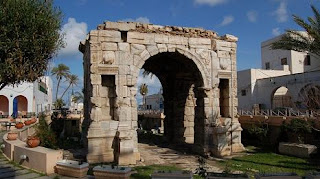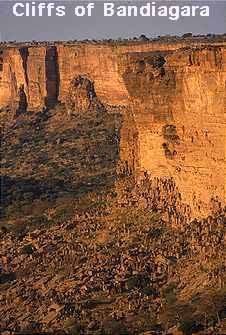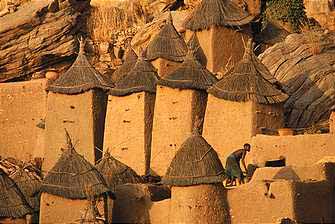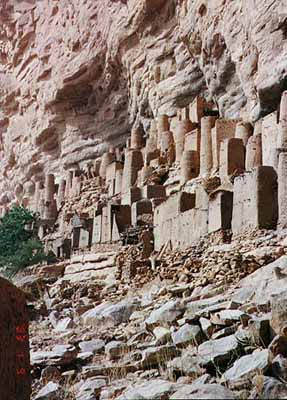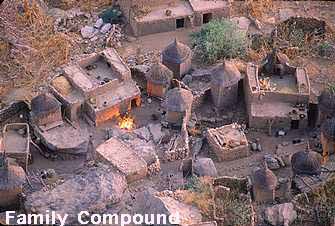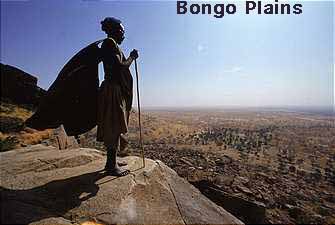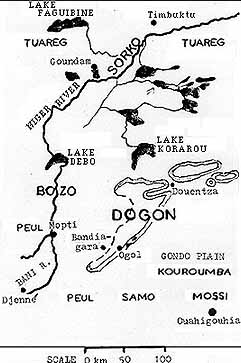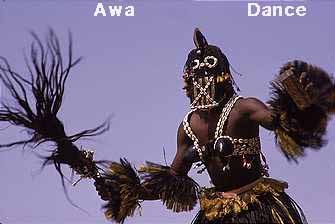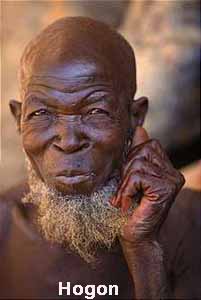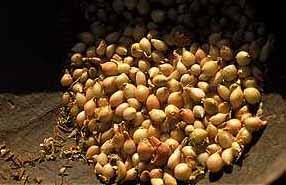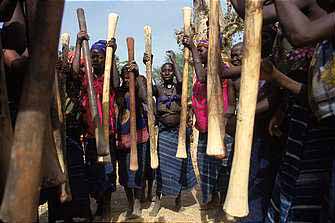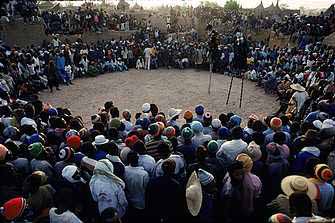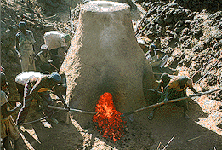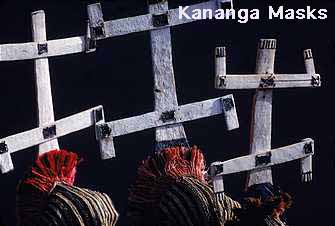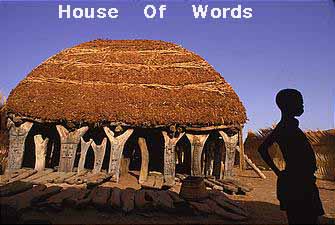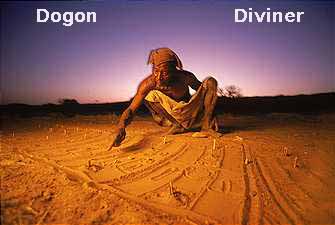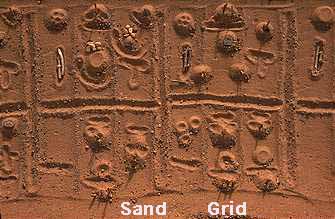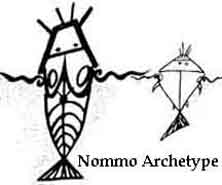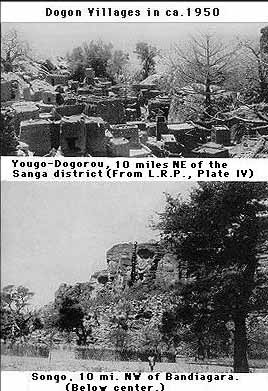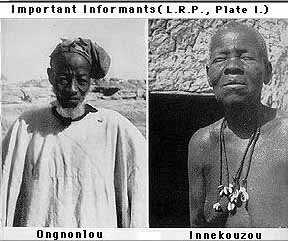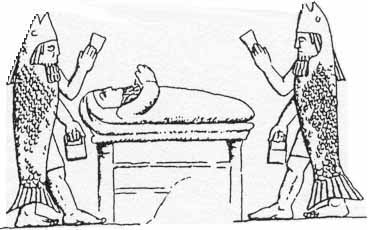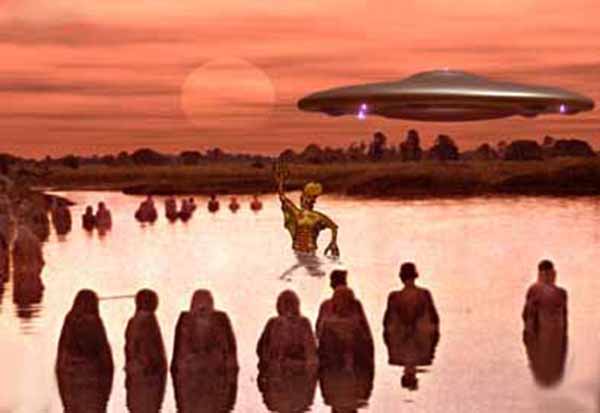Alan Wilson Watts (6 January 1915 – 16 November 1973) was a British philosopher, writer, and speaker, best known as an interpreter and popularizer of Eastern philosophy for a Western audience. Born in Chislehurst, he moved to the United States in 1938 and began Zen training in New York. Pursuing a career, he attended Seabury-Western Theological Seminary, where he received a master's degree in theology. Watts became an Episcopal priest but left the ministry in 1950 and moved to California where he joined the faculty of the American Academy of Asian Studies.
Living on the West Coast, Watts gained a large following in the San Francisco Bay Area while working as a volunteer programmer at KPFA, a Pacifica Radio station in Berkeley. Watts wrote more than 25 books and articles on subjects important to Eastern and Western religion, introducing the then-burgeoning youth culture to The Way of Zen (1957), one of the first bestselling books on Buddhism. In Psychotherapy East and West (1961), Watts proposed that Buddhism could be best thought of as a form of psychotherapy, not just a religion. Like Aldous Huxley before him, he explored human consciousness in the essay, "The New Alchemy" (1958), and in the book, The Joyous Cosmology (1962).
Towards the end of his life, he divided his time between a houseboat in Sausalito and a cabin on Mount Tamalpais. His legacy has been kept alive with the help of his son, Mark Watts, and many of his recorded talks and lectures have found new life on the Internet. Critic Erik Davis notes the freshness, longevity, and continuing relevance of Watts's work today, observing that his "writings and recorded talks still shimmer with a profound and galvanizing lucidity."
Early years
Watts was born to middle class parents in the village of Chislehurst, Kent, in 1915, living at 3 (now 5) Holbrook Lane. His father was a representative for the London office of the Michelin Tyre Company, his mother a housewife whose father had been a missionary. With modest financial means, they chose to live in pastoral surroundings and Alan, an only child, grew up playing at brookside, learning the names of wildflowers and butterflies. Probably because of the influence of his mother’s religious family the Buchans, an interest in "ultimate things" seeped in. But it mixed with Alan’s own interests in storybook fables and romantic tales of the mysterious Far East.
Watts also later wrote of a mystical vision he experienced while ill with a fever as a child. During this time he was influenced by Far Eastern landscape paintings and embroideries that had been given to his mother by missionaries returning from China. The few Chinese paintings Watts was able to see in England riveted him, and he wrote "I was aesthetically fascinated with a certain clarity, transparency, and spaciousness in Chinese and Japanese art. It seemed to float...". These works of art emphasized the participative relationship of man in nature, a theme that stood fast throughout his life.
Buddhism
By his own assessment, Watts was imaginative, headstrong, and talkative. He was sent to boarding schools (which included both academic and religious training of the Muscular Christianity sort) from early years. Of this religious training, he remarked “Throughout my schooling my religious indoctrination was grim and maudlin…” During holidays in his teen years, Francis Croshaw, a wealthy Epicurean with strong interests in both Buddhism and the exotic little-known aspects of European culture, took Watts on a trip through France. It was not long afterward that Watts felt forced to decide between the Anglican Christianity he had been exposed to and the Buddhism he had read about in various libraries, including Croshaw’s. He chose Buddhism, and sought membership in the London Buddhist Lodge which had been established by Theosophists, and was now run by the barrister Christmas Humphreys. Watts became the organization’s secretary at 16 (1931). The young Watts explored several styles of meditation during these years.
Priesthood and after
Watts left formal Zen training in New York because the method of the teacher didn't suit him. He was not ordained as a Zen monk, but he felt a need to find a professional outlet for his philosophical inclinations. He entered Seabury-Western Theological Seminary, an Anglican (Episcopalian) school in Evanston, Illinois, where he studied Christian scriptures, theology, and Church history. He attempted to work out a blend of contemporary Christian worship, mystical Christianity, and Asian philosophy. Watts was awarded a master's degree in theology in response to his thesis, which he published as a popular edition under the title Behold the Spirit. The pattern was set, in that Watts did not hide his dislike for religious outlooks that he decided were dour, guilt-ridden, or militantly proselytizing—no matter if they were found within Judaism, Christianity, Hinduism, or Buddhism.
All seemed to go reasonably well in his next role, as Episcopalian priest (beginning in 1945, aged 30), until an extramarital affair resulted in his young wife having their marriage annulled. It also resulted in Watts leaving the ministry by 1950. He spent the New Year getting to know Joseph Campbell; his wife, Jean Erdman; and John Cage.
In early 1951, Watts moved to California, where he joined the faculty of the American Academy of Asian Studies in San Francisco. Here he taught alongside Saburō Hasegawa, Frederic Spiegelberg, Haridas Chaudhuri, lama Tokwan Tada, and various visiting experts and professors. Hasegawa, in particular, served as a teacher to Watts in the areas of Japanese customs, arts, primitivism, and perceptions of nature. Besides teaching, Watts served for several years as the Academy's administrator.
Watts also studied written Chinese and practiced Chinese brush calligraphy with Hasegawa as well as with some of the Chinese students who enrolled at the Academy. While Watts was noted for an interest in Zen Buddhism, his reading and discussions delved into Vedanta, "the new physics", cybernetics, semantics, process philosophy, natural history, and the anthropology of sexuality.
Education
Watts attended the King's School next door to Canterbury Cathedral. Though he was frequently at the top of his classes scholastically, and was given responsibilities at school, he botched an opportunity for a scholarship to Oxford by styling a crucial examination essay in a way that was read as presumptuous and capricious.
Hence, when he graduated from secondary school, Watts was thrust into the world of employment, working in a printing house and later a bank. He spent his spare time involved with the Buddhist Lodge and also under the tutelage of a "rascal guru" named Dimitrije Mitrinović. (Mitrinović was himself influenced by Peter Demianovich Ouspensky, G. I. Gurdjieff, and the varied psychoanalytical schools of Freud, Jung and Adler.) Watts also read widely in philosophy, history, psychology, psychiatry and Eastern wisdom. By his own reckoning, and also by that of his biographer Monica Furlong, Watts was primarily an autodidact. His involvement with the Buddhist Lodge in London afforded Watts a considerable number of opportunities for personal growth. Through Humphreys, he contacted eminent spiritual authors (e.g., Nicholas Roerich, Dr. Sarvapalli Radhakrishnan) and prominent theosophists like Alice Bailey. In 1936, aged 21, he attended the World Congress of Faiths at the University of London, heard D.T. Suzuki read a paper, and afterwards was able to meet this esteemed scholar of Zen Buddhism. Beyond these discussions and personal encounters, Watts absorbed, by studying the available scholarly literature, the fundamental concepts and terminology of the main philosophies of India and East Asia.
Political stance
Distrusting both the established political left and right, Watts found political inspiration in the Chinese sage Chuang-Tzu. He disliked much in the conventional idea of "progress." He hoped for change, but personally he preferred amiable, semi-isolated rural social enclaves, and also believed in tolerance for urban tenderloins, social misfits, and eccentric artists. Watts decried the suburbanization of the countryside and the way of life that went with it.
In one campus lecture tour, which Watts titled "The End to the Put-Down of Man", Watts presented positive images for both nature and humanity, spoke in favor of the various stages of human growth (including the teenage years), reproached excessive cynicism and rivalry, and extolled intelligent creativity, good architecture and food.
On spiritual and social identity
Watts felt that absolute morality had nothing to do with the fundamental realization of one’s deep spiritual identity. He advocated social rather than personal ethics. In his writings, Watts was increasingly concerned with ethics applied to relations between humanity and the natural environment and between governments and citizens. He wrote out of an appreciation of a racially and culturally diverse social landscape.
Experimentation
When he returned to the United States, he began to dabble in psychedelic drug experiences, initially with mescaline given to him by Dr. Oscar Janiger. He tried LSD several times with various research teams led by Drs. Keith Ditman, Sterling Bunnell, and Michael Agron. He also tried marijuana and concluded that it was a useful and interesting psychoactive drug that gave the impression of time slowing down. Watts’ books of the ’60s reveal the influence of these chemical adventures on his outlook. He would later comment about psychedelic drug use, "When you get the message, hang up the phone."
For a time, Watts came to prefer writing in the language of modern science and psychology (Psychotherapy East and West is a good example), finding a parallel between mystical experiences and the theories of the material universe proposed by 20th-century physicists. He later equated mystical experience with ecological awareness, and typically emphasized whichever approach seemed best suited to the audience he was addressing.
On Nothingness
The Real You
Music and Life
I
The Earth is People-ing
Madness
Fear of Enlightenment
Atheist Spirituality
To Speak the Truth
The Web Of Life
The Attitude of The Family to Children
The Way of Waking Up
Let Go & Swim With It
Willing To Die
Higher Self
The Problem of Life
DMT & Mysticism
Drugs
Nature Of Now
Money
Confusions Of The Mind
Presence Of Mind
The Illusion of the Ego
Zen
What Buddhism's About
Wholeness
Who Guards the Guards?
Spiritual High
What is Tao?
The Book of Eli
Kundalin
Ecology and Religion
The Ceramic and the Fully Automatic
Pleasant Surprises
A Game That's Worth The Candle
A Lullaby For Big Kids
Infinite Possibilities
How We Define Ourselves
Life is Full Spectrum
The Road to Here
Self as Play
Being Completely Here And Now
Meaningless Life
The Nature of Selfishness
Conforming to Society
Who Are You?
No beginning
Career Advice
Every Incarnation Is This One
Don't Be 'Alert'
Karma
Escape The Entangle
Desire
Thinking
The Trap Of Seeking
Power



















